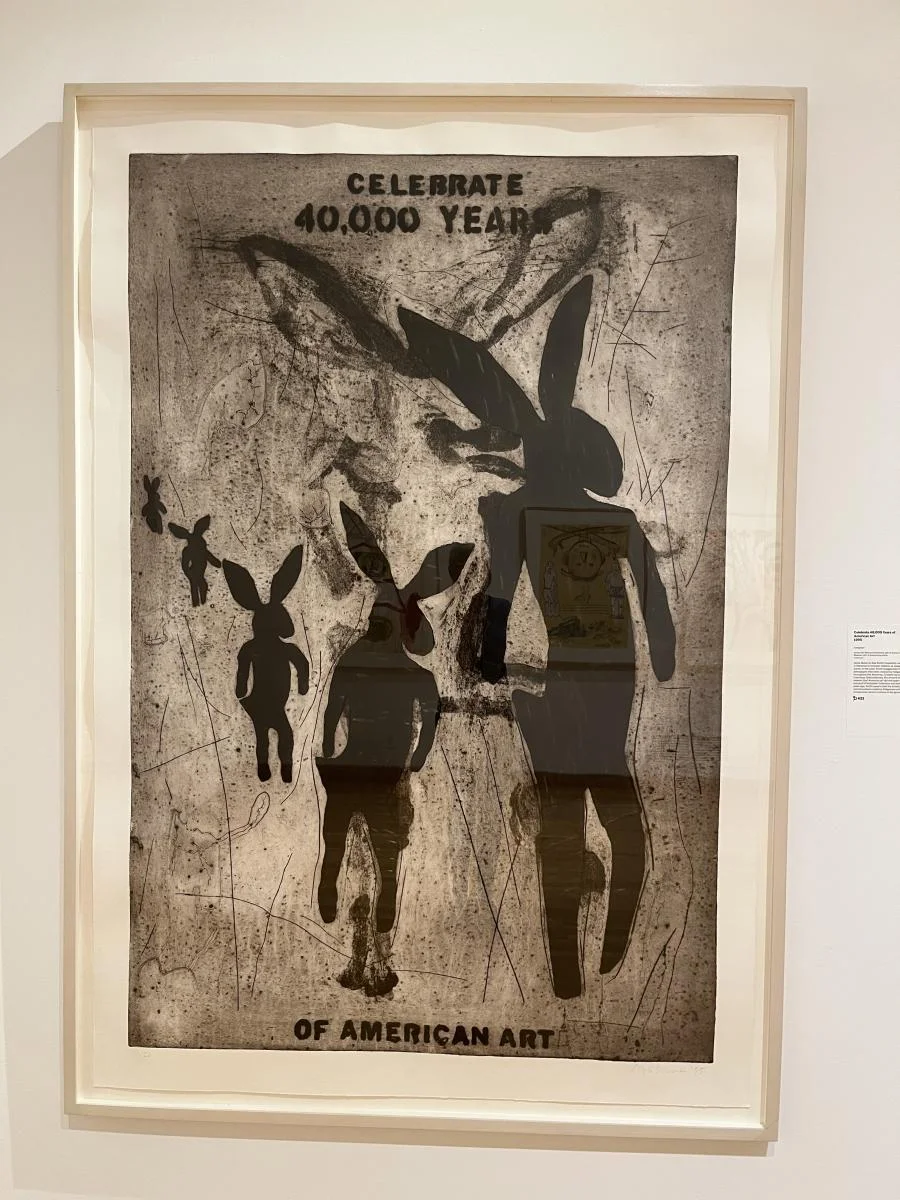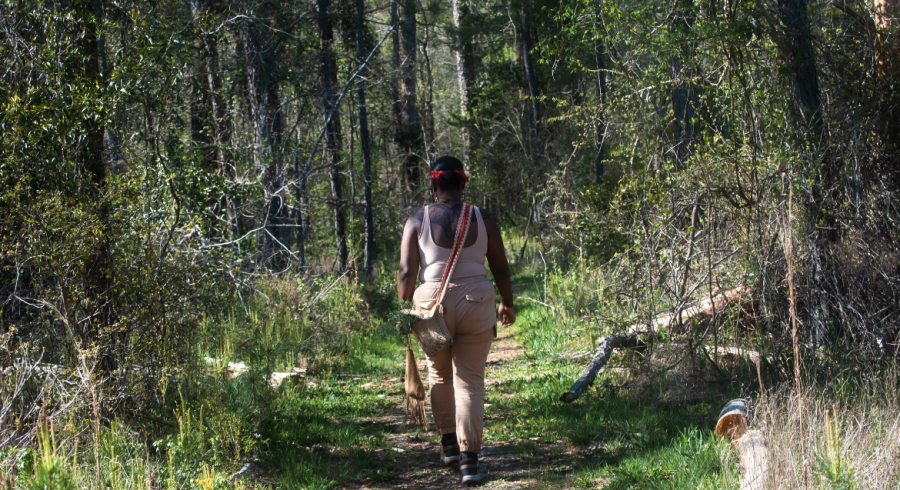Turtle Lung Woman grew up hearing stories about Crazy Horse, Red Cloud, and Sitting Bull; she was 28 when the Pine Ridge Reservation in South Dakota was established. She was a highly respected medicine woman who lived according to the “old ways” and transmitted her knowledge to her granddaughter. In Turtle Lung Woman’s Granddaughter, Delphine Red Shirt relates her mother Lone Woman’s memories of Red Shirt’s great grandmother Turtle Lung Woman and of growing up on the plains of northern Nebraska and southern South Dakota. Combined, these women lived nearly 150 years, witnessing the many changes their community went through between 1851 and 1999.
Turtle Lung Woman’s Granddaughter is a moving family history that relates the experiences of two Lakota women in a distinctly indigenous way. Red Shirt has translated her mother’s story from Lakota into English, incorporating many Lakota words and phrases into her text, and providing short lessons in Lakota without compromising the flow or accessibility of the story. By intertwining Lakota legend with the experiences of her mother and great grandmother, Red Shirt illustrates the connection between them. For example, she describes the affection Turtle Lung Woman showed her first-born son by relating it to the traditional story of Stone Boy, the only son of a woman who had lost her four brothers. Stone Boy goes on a quest to find his uncles, and his mother hosts a great feast before he leaves, giving him gifts to protect him on his quest. Turtle Lung Woman honored and cared for her son in a similar way.
Red Shirt also relates experiences specific to Lakota women. She discusses Turtle Lung Woman’s relationship with both her husbands, particularly the difficulties she had dealing with her first husband when he brought home a second wife. She describes the rituals and expectations for women giving birth. In the description of her mother’s life as a young Lakota girl, Red Shirt relates how Lone Woman learned from and imitated her mother and grandmother, her experiences babysitting and cooking for her younger nieces and nephews, and the ceremonies held for her when she became a woman.
Finally, the book relates the changes that took place in Lakota society. The narrative moves from telling stories of warfare with Crow men and the practice of traditional medicine to stories of reservations, finding work harvesting crops in the fields of settlers, and standing in line to receive government rations. Lone Woman relates her experiences at school, where she learned to speak English and sew clothes on a sewing machine. She also talks about being a member of the Episcopal and Native American Churches, contrasting her religious experiences with Turtle Lung Woman’s role as a traditional medicine woman.
This story does not dwell on the hardships of life in these changing circumstances, nor does it overly romanticize a traditional lifestyle. Rather, it tells of the difficulties, joys, and everyday activities that make up two women’s lives. This book gives a voice to Lakota women as they tell their stories in their own way. The style of the book makes it accessible to both scholars and the casual reader. Anyone interested in the historical experiences of the Lakota, specifically Lakota women, and indigenous styles of narrative will find this book particularly valuable.
Karin Oman was a Cultural Survival intern.



